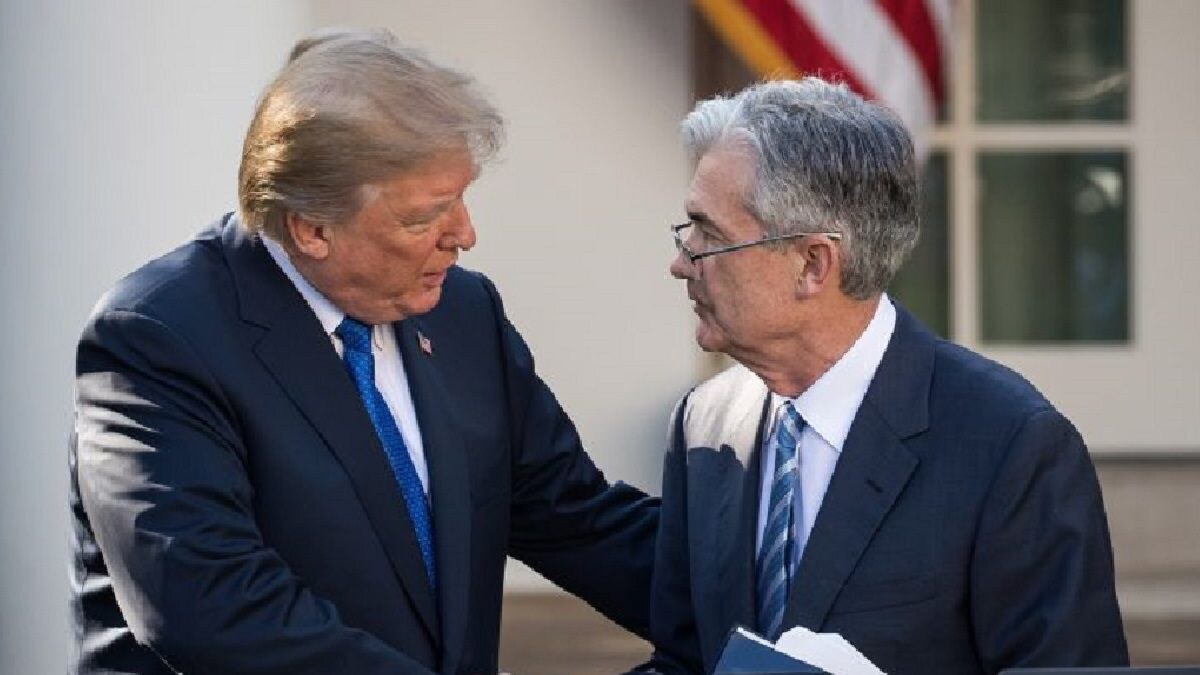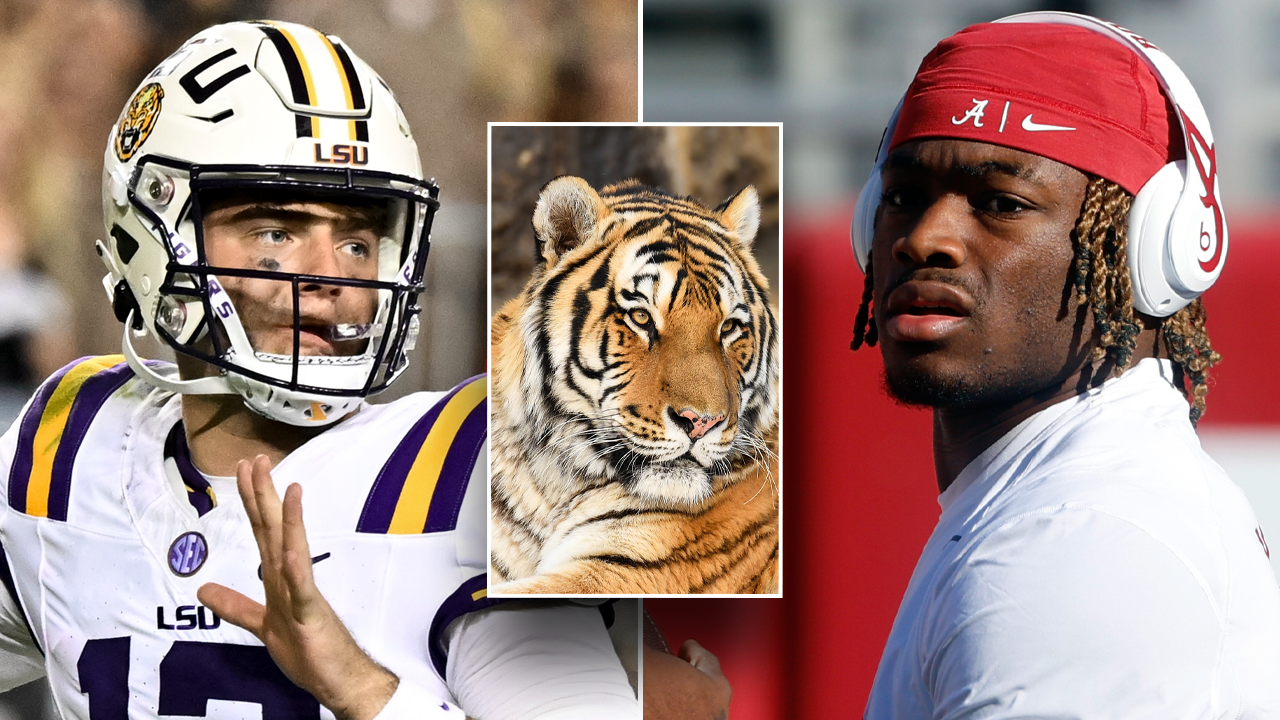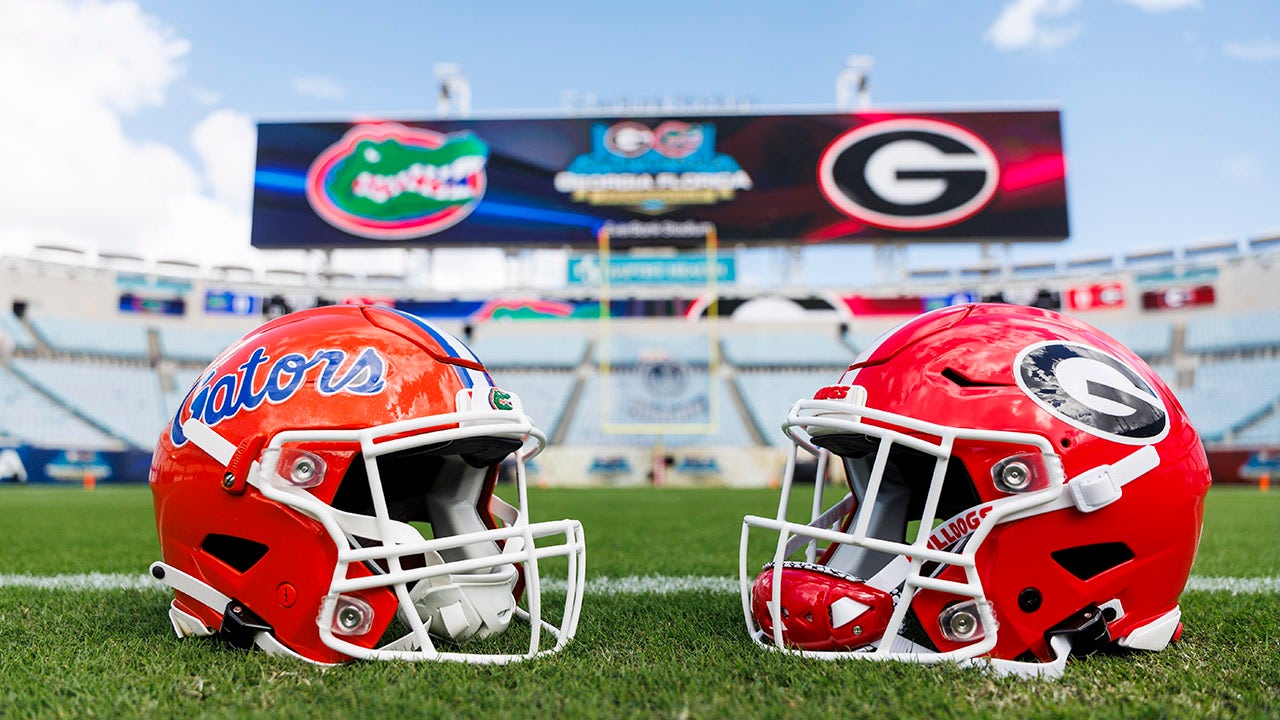Summertime is road trip time for many of us in the United States. That makes it a good time to look at what our relationship with the road has meant for global warming.
The data crunchers at the Frontier Group, a research organization focused on sustainability, sought to answer that question by looking at gasoline consumption since 1949, the year the United States started tracking transportation data.
They estimated that if American cars, S.U.V.s and pickup trucks were their own country, they would be the sixth-largest emitter of heat-trapping carbon dioxide emissions since 1949, putting them behind the total national carbon dioxide emissions produced by the United States, China, Russia, Germany and Japan.
Add other forms of transportation, including heavy trucks, trains and planes, and U.S. transportation would be the fourth-largest carbon emitter, producing around 6.5 percent of the carbon dioxide that’s accumulated in the atmosphere over the last seven decades.
That’s a remarkably large share.
The reason it really matters now is that transportation today accounts for the United States’ largest single share of emissions (38 percent of carbon dioxide emissions and 29 percent of all greenhouse gas emissions). It’s hard to imagine how the United States can reduce emissions (not to mention air pollution and accidents) without rethinking our relationship to cars.
A few states and cities are trying to encourage less driving. More on that in a bit. First, a quick road trip through history.
Cars are us.
The Congressional Budget Office has also concluded that of all of the carbon dioxide emissions that the U.S. transportation sector has injected into the atmosphere in these last seven decades, the vast majority has come from cars.
After all, our policymakers built a car-centered society.
Starting in the 1950s, the United States created an Interstate highway system like no other country had seen at the time. That laid the foundation for the way our cities expanded. It inspired the growth of suburbs. They shaped the very landscape of Southern California, where I grew up, our multistory freeways looping over each other, our geographies defined by which major freeway you lived next to. (Freeway: What a loaded term.)
Our cars became a central part of our lives. Getting a driver’s license was a rite of passage for me. I got it as soon as I turned 16. Even our national parks are designed for road trips.
“Over the course of 75 years we’ve made a variety of societal decisions that makes it impossible to get around without a car,” said Tony Dutzik, associate director of the Frontier Group.
Indeed, we drive more than many of our industrialized country peers. An earlier report by the Frontier Group found that the average American drives roughly twice as many miles as the average person in France and Germany and more than three times the average in Japan.
Most Americans don’t have a choice but to drive. Only 5 percent of U.S. workers commuted by public transit in 2019, and that was before the coronavirus pandemic.
Reducing car miles is necessary to reduce emissions, but hard.
The Congressional Budget Office report noted that we are so dependent on cars to get to work, to shop and to socialize that it has been hard to drive less even when the price of fuel rises sharply (as it did after the Russian invasion of Ukraine).
Electric vehicles will make a difference, but slowly.
Most of us keep our cars for many years, so the transition from conventional cars to electric cars will take a while. It could take a while to roll out our charging infrastructure, too — not least because it’s so fragmented. Tesla has the country’s largest network of superchargers, but they work only on Teslas. Only now is that beginning to change, with Tesla signing deals with Ford and General Motors to allow their electric vehicles to charge at Tesla charging stations with adapters.
To reduce transportation emissions rapidly, Dutzik said, we will have to drive less.
He pointed to the case of California. The state estimates that to become carbon-neutral by 2045, the state’s climate target, Californians would need to reduce per capita vehicle miles by 25 percent by 2030, compared with 2019 levels. And reduce them even further by 2045.
Can we drive less?
In some parts of the country, the number of vehicle miles traveled per person is going down, while elsewhere, it’s going up.
There could be many reasons for the decline, including demographic shifts. More retirees in a state usually means fewer commuting miles. Also some cities and states are also trying to nudge people to drive less.
Los Angeles is considering a congestion tax along some busy thoroughfares. Many cities are adding bike lanes. Several cities in California are doing away with minimum parking requirements for new building construction, basically reducing the number of parking spots to discourage driving. (There are so many parking lots in my beloved home state that it sometimes feels like there’s more room for cars to sleep than for humans.)
It depends on how we decide to spend public money.
Whether to build better mass transit and affordable housing nearby is a policy choice. The 2021 Bipartisan Infrastructure Law makes $108 billion available for public transit, though that’s less than money for highways.
A few cities have made bus rides free; New York City is planning to begin a free bus pilot program, on one line in each of the five boroughs, though it hasn’t yet announced which lines.
Nationwide, public transit still has fewer riders than before the pandemic. And many transit agencies are in financial trouble, including in California. Meanwhile, according to the state air pollution board, “driving alone with no passengers remains the primary mode of travel in California.”
Essential news from The Times
A desert city may sip seawater: Low on water because of drought, climate change and overuse, Arizona is weighing a plan to desalinate seawater in Mexico and pipe it to Phoenix.
Hot June: Global temperatures have been at their highest levels in decades for this time of year. Greenhouse gas emissions and El Niño are the main culprits.
Why the grid isn’t ready: America’s fragmented electric grid is becoming a major obstacle to efforts to fight climate change. These maps show the scale of what needs to change.
Are orange skies the new normal? Canada’s devastating wildfires and toxic smoke may not recur every year, but global warming increases the risks of a wide range of disasters.
Settling in Love Canal: Forty-five years after one of the nation’s worst toxic waste catastrophes, the site in Niagara Falls, N.Y., is drawing a new, and sometimes unsuspecting, generation of homesteaders.
“Everything will die”: An ecological disaster is unfolding after an explosion destroyed a dam in Ukraine, emptying a reservoir and threatening livelihoods and crucial industries.
Why rhinos need their horns: Researchers cut the horns of Black rhinos in an attempt to thwart poachers. But the strategy seemed to make the animals lose some of their gusto.
From outside The Times
-
In his first TV interview, Ajay Banga, the new head of the World Bank, told CNN what he would do to help developing countries tackle climate change.
-
The “Without” podcast is exploring what the world would look like if things that we’ve taken for granted, like sand, ceased to exist.
-
A new study reported by ProPublica has found that climate change is on track to strand one-third of humanity outside the planet’s most livable regions.
-
According to CBS News, scientists have found that global warming is already increasing the price of food.
Before you go: A landmark climate lawsuit
Sixteen young people are arguing in a trial that opened this week that the state of Montana is robbing their future by embracing policies that contribute to climate change. The case, the first in a series of similar challenges expected in various states, is part of an effort to press policymakers for more urgent action on emissions. “You can’t just blow it off and do nothing about it,” one plaintiff said in her testimony.
Ana Ley, Manuela Andreoni, Claire O’Neill, Chris Plourde and Douglas Alteen contributed to Climate Forward.















































